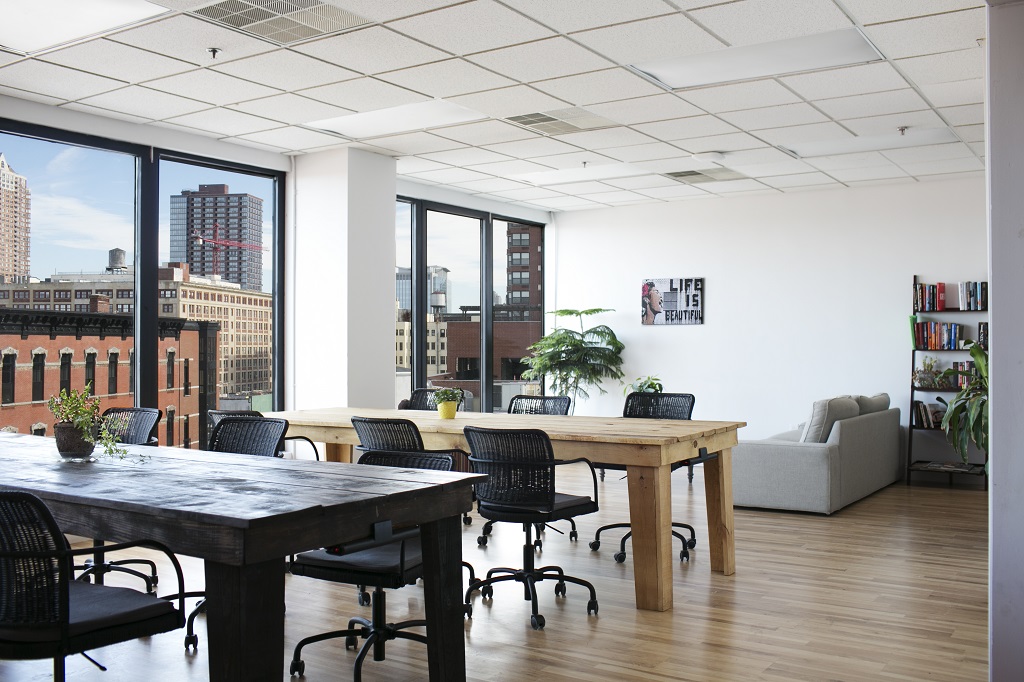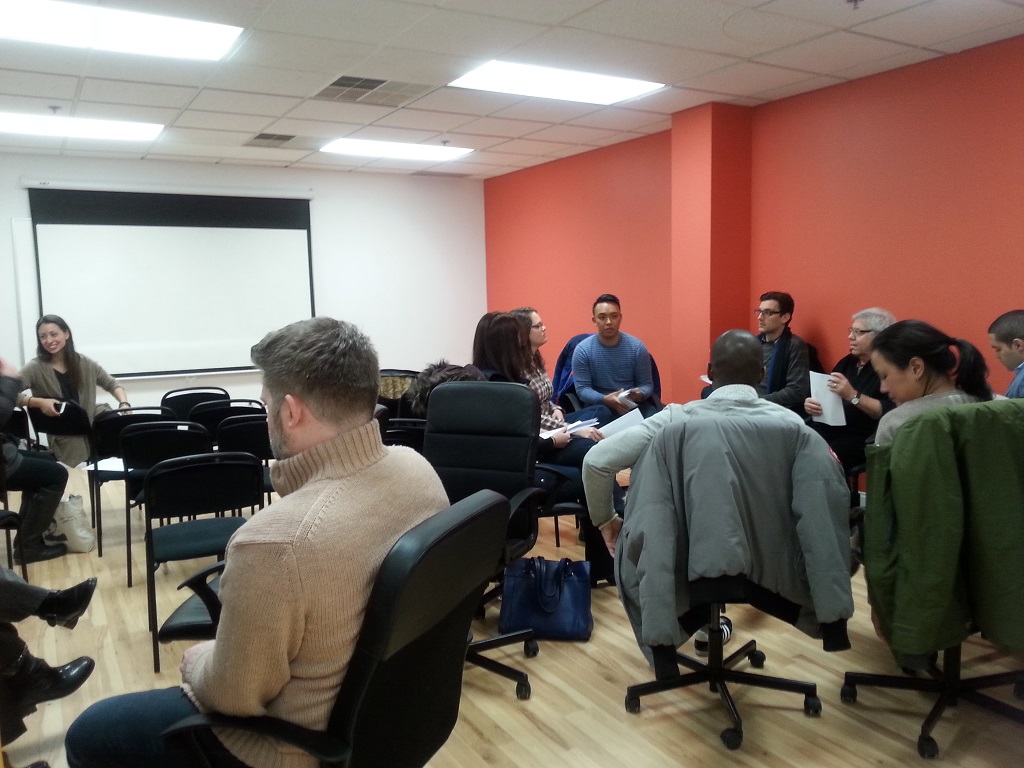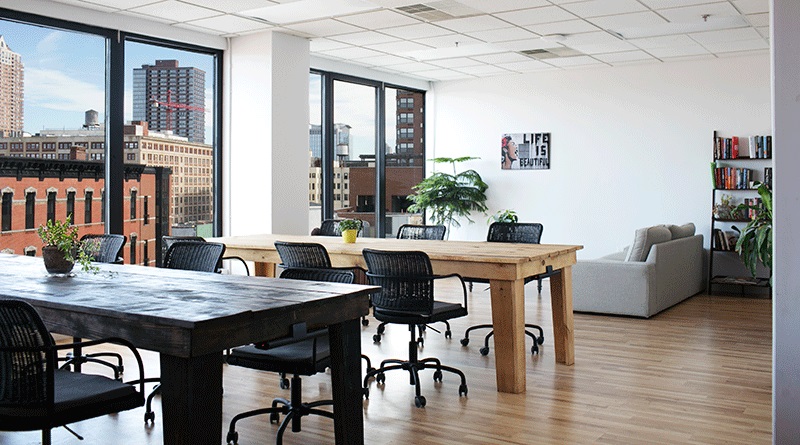A recent trend in office space, known as coworking, could potentially help transit-oriented developments increase diversity of uses among their mixed-use structures.
Coworking is an office or business setting where individuals share work environments but are not employed by the same organization. These shared spaces provide the comforts of a modern office environment to many employees who work independently or remotely. In addition to providing high quality business services, coworking provides spaces where workers can collaborate and interact face-to-face with fellow workers, clients, and others. The communal nature of coworking locations, and the opportunities for partnership that they create, are often as important as the facilities they provide. Finding a good place for these highly valuable interactions is often difficult for those working independently.

Why should coworking be encouraged in TODs? Many neighborhoods and municipalities want to foster a mix of land use – residential and retail, office and entertainment – as a way to strengthen the viability and vibrancy of their transit district. However, demand for some uses, such as office and retail, is often outpaced by demand for residential space. Coworking, by serving users who need less space and more independence, can bridge the gap and accommodate those not yet ready to lease space on their own. Further, coworking spaces can help give new local businesses a start by providing a supportive and collaborative environment. Communities and neighborhoods with good transit access are especially attractive for prospective coworking locations.
Co-working space fits my business’s needs well. It is a high-quality, professional setting with the flexibility I need as a remote employee. Less than a 5-minute walk from the Grove Street PATH station, IndieGrove’s accessibility is essential as it provides the perfect setting to meet with clients.”
Sangeeta Ranade, Director of Client Solutions, Energysavvy and IndieGrove member since 2014
In a way, coworking spaces represent a hybrid space for many users – serving as both a place of business and a community. Coworking spaces are an example of what has been termed the collaborative or “sharing” economy. This form of commerce can been seen in many aspects of modern life – from the growing use of public transit and new transportation options such as Lyft, ZipCar, and bike shares; to how we access music via Spotify; to how we raise money via websites like Kickstarter. This collaborative ethos – made possible or more convenient through widespread telecommunications – has changed the ways we work as well as the ways we live.
These trends have over time changed the way people work and spurred changes in office environments. For some communities, stand-alone offices are on the wane as workers increasingly operate from home or other remote locations. Increasingly the business community has recognized that suburban corporate headquarters hinder their ability to attract a talented pool of workers. Coworking spaces, set in bustling locations, help overcome this challenge since cloud computing and fast data interconnectivity allow workers to be somewhere other than “the office.” The number of workers who work remotely grew nationally from 1.8 million in 2005 to 3.3 million in 2012, according to GlobalWorkplaceAnalytics.com.

As collaborative workspaces, coworking spaces can also foster innovation. This may be one of the reasons that the use of coworking spaces is especially popular in the technology sector. To support technology sector growth in New Jersey, the NJ Economic Development Authority’s Edison Innovation Fund, approved $1 million in loans to support improvement and expansion of coworking businesses in 2014. Three businesses were awarded the funds – Cowerks in Asbury Park, Mission 50 in Hoboken, and Indiegrove in Jersey City. All strive to serve the needs of the high tech industry.
Indiegrove in Jersey City provides a coworking space model. Before its launch in June 2013, founder, Zahra Amanpour, was looking to create a vibrant and sustainable workplace to satisfy the needs of small businesses and remote workers. She determined that transit access was crucial.
At first I considered locations that were more distant from transit, but being close to the PATH and local buses is essential for our members.”
Zahra Amanpour, Founder, Indiegrove
While first geared toward providing affordable and profession office space, Indiegrove soon found that its offerings attracted those in the technology industry. Now about half of Indiegrove’s 150+ members work in tech. Other members represent a range of industries – small business owners, sole proprietors, artists and craftspeople, among others. Emerging members belong to small teams operating satellite offices for larger companies. All benefit from the services Indiegrove provides and the access afforded by its location in a transit hub.
Coworking spaces fill a gap that has existed in the workplace by accommodating the independent employee, providing access to a community of workers, offering superior business and computer services, and allowing the flexibility needed for the current work environment. Coworking spaces also enrich transit-oriented communities and neighborhoods, as they bring more people into their transit districts to work, and also shop, eat, and live.

